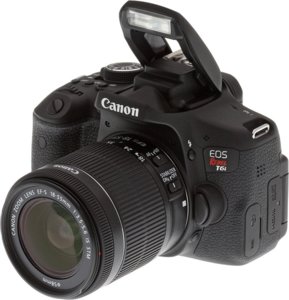Tim Vasquez
EF5
- Joined
- Dec 4, 2003
- Messages
- 3,411
I am curious whether anyone has done any side-by-side comparisons of camcorders vs. DSLRs in typical scenes, or have heard of this being done.
I still have a Canon Vixia HF R500 ($300 new) and have managed to get some good results out of it. Here is some video (not mine) showing what it's capable of when on a tripod. I keep looking at the DSLRs and procrastinating.
I know the more expensive units will do better in low light, but I'm not sure what more I'd get with an entry-level camera like the SL1 aside from quicker access to focus and exposure and the ability to put another lens on (which I haven't really needed to do). At what price point does better performance in low light start coming in?
I still have a Canon Vixia HF R500 ($300 new) and have managed to get some good results out of it. Here is some video (not mine) showing what it's capable of when on a tripod. I keep looking at the DSLRs and procrastinating.
I know the more expensive units will do better in low light, but I'm not sure what more I'd get with an entry-level camera like the SL1 aside from quicker access to focus and exposure and the ability to put another lens on (which I haven't really needed to do). At what price point does better performance in low light start coming in?

